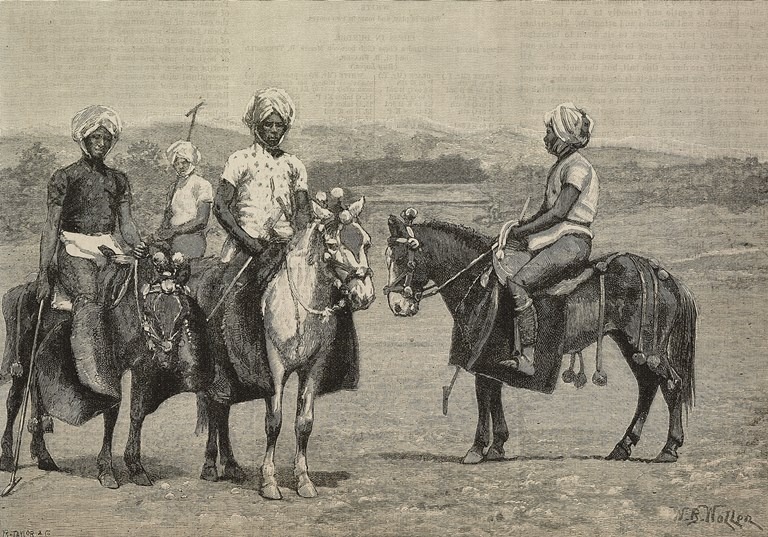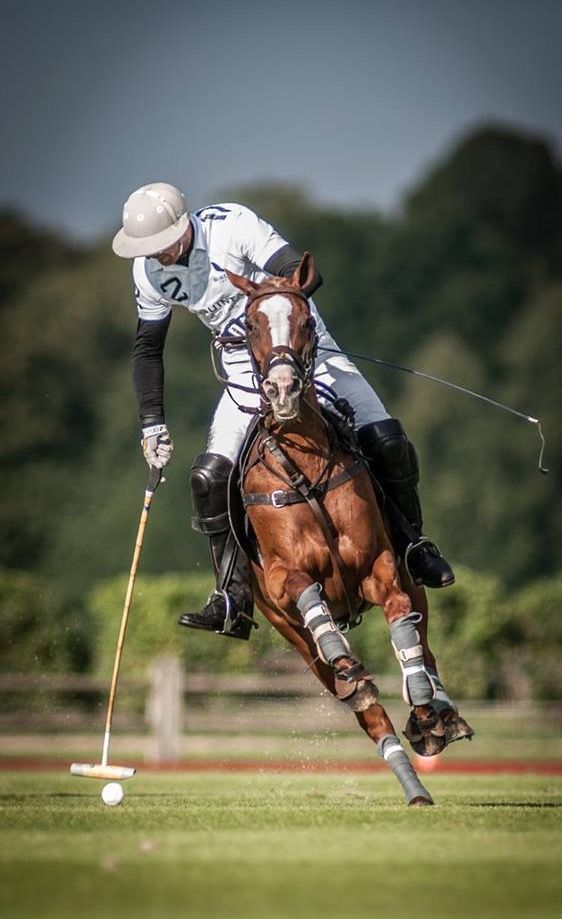Polo
Believed to have originated in Manipur, India, gained popularity during the Mughal empire in the 15th century, further popularised by Babar. The British, during their time in India, adopted the sport, even inventing elephant polo, which remains popular in various countries like Rajasthan, Sri Lanka, Nepal, and Thailand. Modern polo finds its roots in Manipur, where the Silchar Polo Club, founded in 1859 by British military officers and tea planters, played a crucial role in its development. While the British introduced polo to the world, Manipur claims to have taught them the game.

Image Source : thebridge.in
The international version of polo is derived from the form played in Manipur, known as sagol kangjei. Traditionally, Manipuri polo involves seven players on each side, mounted on indigenous Manipuri Ponies, scoring by hitting the ball out of either end of the field. The oldest polo ground globally is the Imphal Polo Ground in Manipur, mentioned in the royal chronicle Cheitharol Kumbaba from 33 CE.
The Cachar Club, established in 1859, played a pivotal role in spreading polo, and the Calcutta Polo Club, established in 1862, is the oldest surviving polo club. Historically, polo played in the 19th century differed from the faster version in Manipur, characterised by a slower pace and fewer set plays. Indian principalities dominated the international polo scene during this period.

Image Source : Getty Images
Although the sport waned during the communist era, it has experienced a revival. In 2016, the World Champions Polo League was launched in Jaipur, introducing a format similar to Twenty20 cricket. The league aimed to make polo more accessible, with rule changes and shorter match durations.

Image Source : Getty Images
The rules of polo prioritise the safety of both players and horses, with umpires monitoring games and enforcing penalties for infractions. Strategic plays in polo revolve around the “line of the ball,” an imaginary trajectory that defines rules for players’ approach to the ball. The World Champions Polo League aimed to modernise the game, adapting rules and formats for broader appeal.
